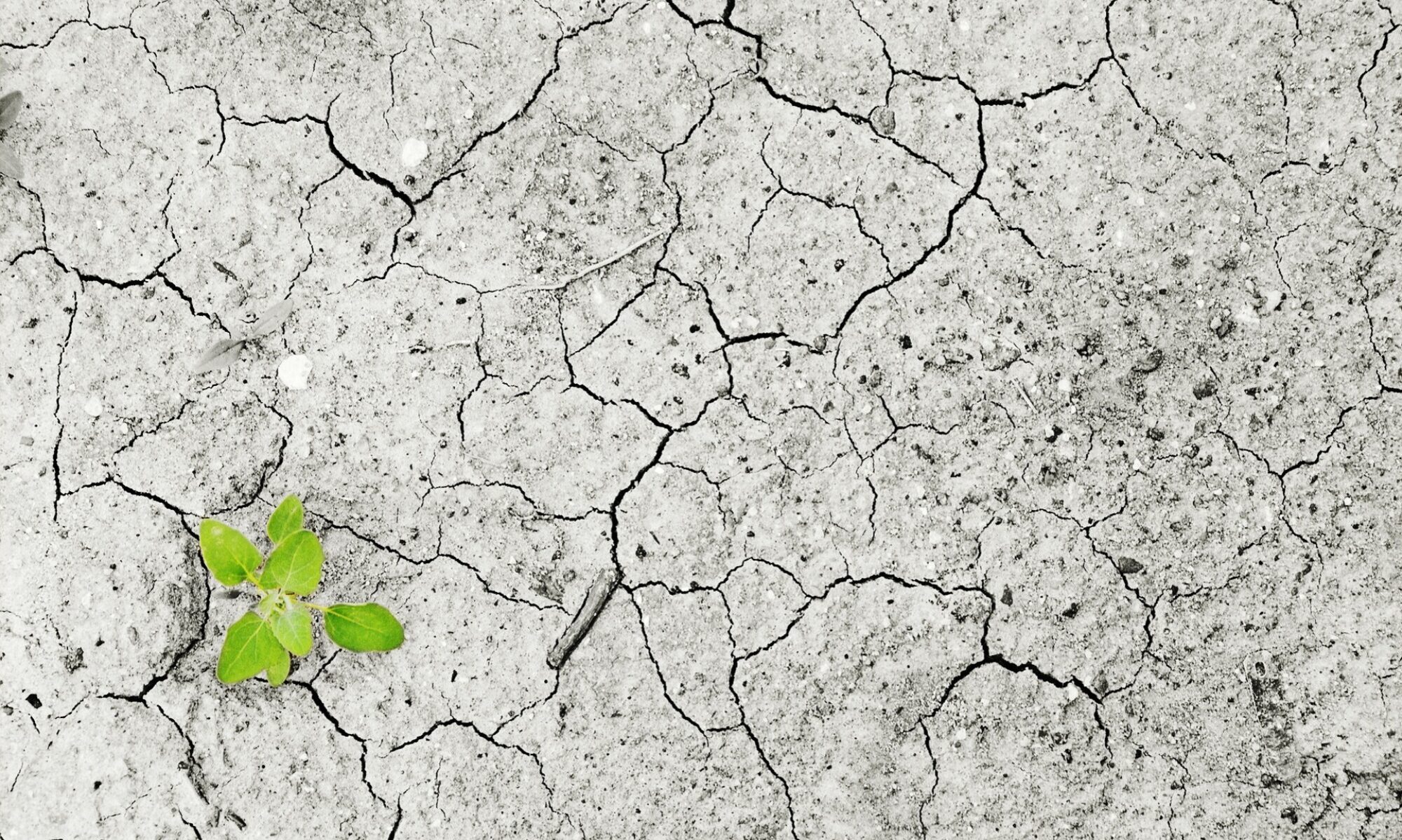3 August 2021 – by Evelyn Workman
In June 2021, the Australian Federal Court has ruled that the environment minister Sussan Ley has a duty of care to protect young people from the impacts of climate change. A group of young Australians had sought an injunction to prevent Ley from approving a possible Whitehaven coal mine extension project in the state of New South Wales. The young people argued that the minister had a common duty of care to protect young people from the harm caused by climate change, and that approval of the project would breach this by endangering their future.
Judge Mordecai Bromberg ruled that Ley owes a duty of care to Australia’s young people not to cause them physical harm from future climate change. However, he did not grant the injunction because he had “not been satisfied that a reasonable apprehension of breach of the duty of care by the minister has been established”. This means that Ley does not have to prohibit the coal mine extension project, however, her responsibility to young people has now been formally recognised in court.
The court heard the expansion of the mine could lead to an extra 100m tonnes of CO2 being released into the atmosphere, which will only contribute towards an accelerated rate of global warming. The court was also presented with scientific evidence from bodies such as the Intergovernmental Panel on Climate Change and the Bureau of Meteorology highlighting the potential harm Australian children could face in the future due to climate change. One million of today’s children in Australia are expected to suffer a heat-stress episode requiring hospitalisation within their lifetimes, substantial economic losses will be experienced, and the Great Barrier Reef and most of Australia’s eastern eucalypt forests will not exist when today’s children grow up.
The group of young people who brought the case to court was led by 16-year-old Melbourne student Anj Sharma and supported by Sister Brigid Arthur, an 86-year-old nun who was appointed to be their litigation guardian. One member of the group, 17-year-old Ava Princi said, “I am thrilled because this is a landmark decision. My future and the future of all young people depends on Australia stepping away from fossil fuel projects and joining the world in taking decisive climate action.” Even though the injunction was not granted, Princi said, “it is not over yet”.














